What Memory Card For Gopro Hero 10?
When it comes to capturing high-quality footage with your GoPro Hero 10, choosing the right memory card is crucial. The GoPro Hero 10 is a powerful action camera capable of recording 5.3K video at 60 frames per second, 4K video at 120 frames per second, and 2.7K video at 240 frames per second. To ensure smooth recording and reliable performance, you need a memory card that can keep up with these demanding specifications. In this article, we will explore the key factors to consider when selecting a memory card for your GoPro Hero 10, recommend some of the best options available, and provide practical tips for maintaining and managing your memory cards.
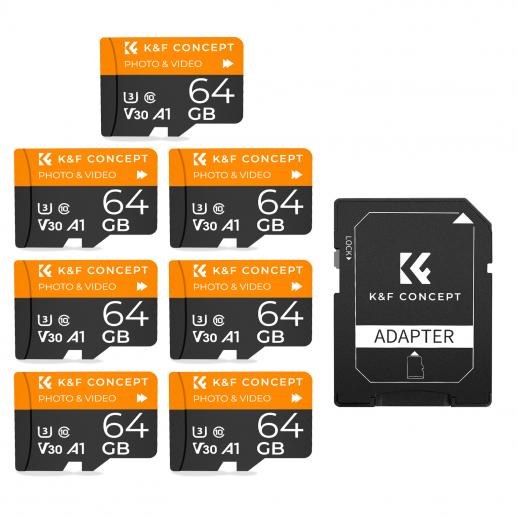
Key Factors to Consider
1. Speed Class and UHS Rating
The speed class and UHS (Ultra High Speed) rating of a memory card are critical for ensuring that your GoPro Hero 10 can record high-resolution video without any interruptions or dropped frames. The speed class is indicated by a number inside a circle (e.g., Class 10), while the UHS rating is indicated by a number inside a U-shaped symbol (e.g., UHS-I or UHS-II).
For the GoPro Hero 10, it is recommended to use a memory card with at least a UHS-I U3 (UHS Speed Class 3) rating. This ensures a minimum sustained write speed of 30MB/s, which is necessary for recording 4K and 5.3K video. UHS-II cards offer even higher speeds, but they are generally more expensive and may not provide a significant performance boost for most users.
2. V30 Video Speed Class
The Video Speed Class rating, indicated by a "V" followed by a number (e.g., V30), is another important factor to consider. For the GoPro Hero 10, a V30 rating is recommended, as it guarantees a minimum sustained write speed of 30MB/s, suitable for high-resolution video recording.
3. Capacity
The capacity of the memory card determines how much footage you can store before needing to offload the data. The GoPro Hero 10 supports microSD cards with capacities up to 512GB. The choice of capacity depends on your recording habits and how often you can offload your footage. For most users, a 128GB or 256GB card strikes a good balance between capacity and cost.
4. Brand and Reliability
Choosing a reputable brand is essential for ensuring the reliability and longevity of your memory card. Brands like SanDisk, Lexar, Samsung, and Kingston are well-known for producing high-quality memory cards that are compatible with GoPro cameras.
Recommended Memory Cards for GoPro Hero 10
Based on the key factors mentioned above, here are some of the best memory cards for the GoPro Hero 10:
1. SanDisk Extreme Pro UHS-I U3 V30 A2
The SanDisk Extreme Pro is a popular choice among GoPro users due to its high performance and reliability. With read speeds of up to 170MB/s and write speeds of up to 90MB/s, this card can handle the demanding recording requirements of the GoPro Hero 10. It is available in capacities ranging from 32GB to 1TB.
2. Lexar Professional 1066x UHS-I U3 V30 A2
The Lexar Professional 1066x offers excellent performance with read speeds of up to 160MB/s and write speeds of up to 120MB/s. It is designed for high-speed data transfer and is available in capacities from 64GB to 512GB.
3. Samsung EVO Select UHS-I U3 V30 A2
The Samsung EVO Select is another reliable option with read speeds of up to 100MB/s and write speeds of up to 90MB/s. It is available in capacities from 32GB to 512GB and offers good value for money.
4. Kingston Canvas Go! Plus UHS-I U3 V30 A2
The Kingston Canvas Go! Plus is designed for action cameras and offers read speeds of up to 170MB/s and write speeds of up to 90MB/s. It is available in capacities from 64GB to 512GB and is known for its durability and reliability.
Practical Tips for Managing Your Memory Cards
1. Regularly Offload and Backup Your Footage
To avoid running out of storage space and to protect your valuable footage, regularly offload your videos and photos to a computer or external hard drive. Additionally, consider using cloud storage services for an extra layer of backup.
2. Format Your Memory Card in the Camera
Formatting your memory card in the GoPro Hero 10 ensures that it is properly prepared for use with the camera. This can help prevent file system errors and improve performance. Be sure to back up any important data before formatting, as this process will erase all content on the card.
3. Use Multiple Memory Cards
Using multiple memory cards can help you manage your footage more effectively and reduce the risk of data loss. If one card becomes corrupted or lost, you will still have your other cards as backups.
4. Keep Your Memory Cards Clean and Protected
Store your memory cards in a protective case to prevent physical damage and keep them clean. Avoid exposing them to extreme temperatures, moisture, and magnetic fields, as these can damage the cards and the data stored on them.
5. Check for Firmware Updates
Occasionally, GoPro releases firmware updates that can improve compatibility and performance with certain memory cards. Check the GoPro website for any available updates for your Hero 10 and follow the instructions to install them.
Choosing the right memory card for your GoPro Hero 10 is essential for capturing high-quality footage without any interruptions. By considering factors such as speed class, video speed class, capacity, and brand reliability, you can select a memory card that meets your needs and ensures smooth performance. The SanDisk Extreme Pro, Lexar Professional 1066x, Samsung EVO Select, and Kingston Canvas Go! Plus are all excellent options that offer the necessary speed and reliability for the GoPro Hero 10. Additionally, following practical tips for managing and maintaining your memory cards will help you get the most out of your action camera and protect your valuable footage.


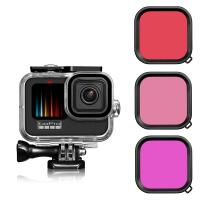

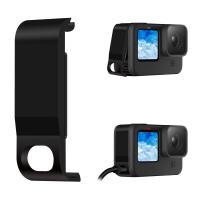
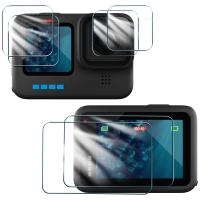
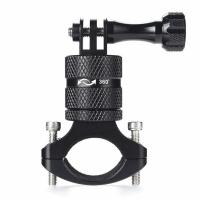

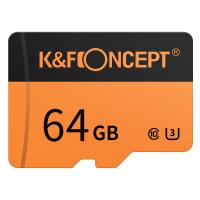
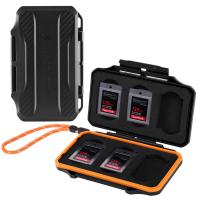
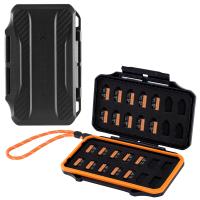

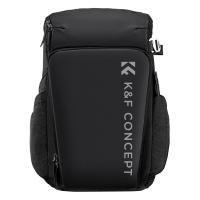

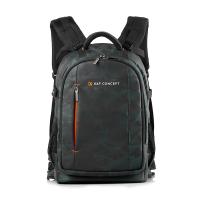
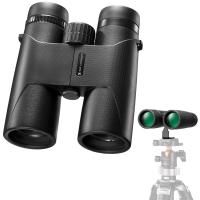
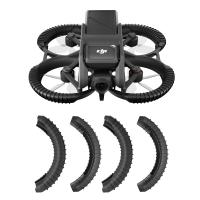


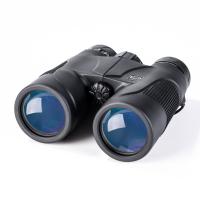





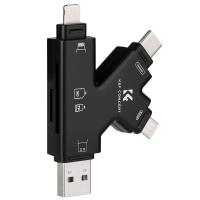
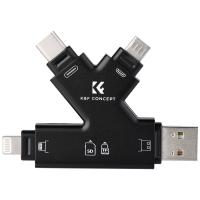
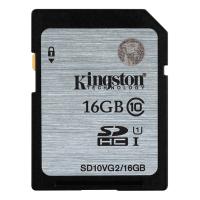

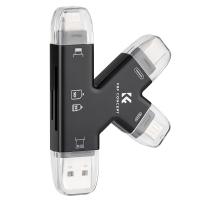
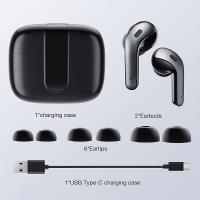

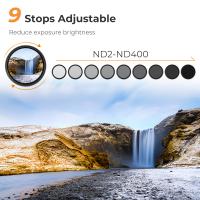
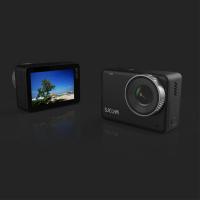
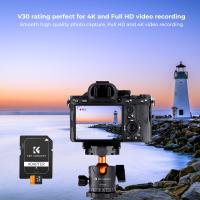

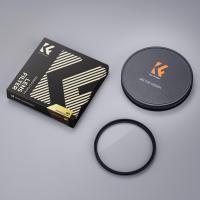
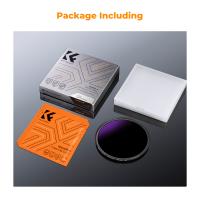

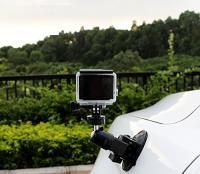
There are no comments for this blog.